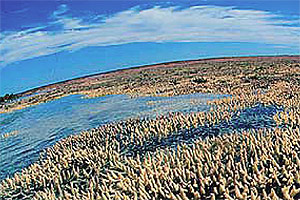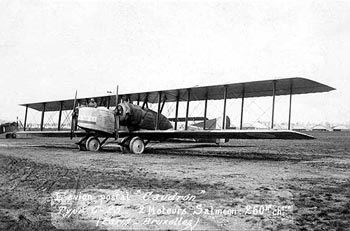A Federal Parliamentary Democracy.
Australia, a part of the Commonwealth, is an independent state. A Governor-General designated by the British monarch (Queen Elizabeth II) in agreement with the Prime Minister, holds executive power. The Queen, as the head of state, has no real power over the government of the country, and her functions are symbolic. The Prime Minister is accountable to Parliament. The Legislative branch resides in a bicameral parliament with two houses: the Senate and the House of Representatives. The Senate has 76 members, elected through direct vote for a six year term, and the House of Representatives has 150 members, elected for three year periods. The High Court of Australia is the supreme body in the Judiciary. It is constituted by a Chief Justice (a supreme magistrate) and other 6 magistrates designated by the Governor-General.
Other Territories
Australia has the following territories, denominated «external», administered by the Government: Norfolk Island (in the Pacific Ocean), Christmas Island (Indian Ocean), Cocos or Keeling Islands (Indian Ocean). It also has three territories under its jurisdiction without a permanent population: Ashmore Reef and Cartier Island (Indian Ocean), Coral Sea Islands (Coral Sea), Heard and McDonald islands (Kerguelen Plateau, Australia) and the Australian Antarctic Territory.
A Flat Island
Australia and the Island of Tasmania (which is a part of the Australian Commonwealth), are surrounded by the Indian and Pacific Oceans. Its relief is predominantly flat, as its interior is formed by plains and a low plateau. Its average height is 210 meters above sea level, except for the Great Dividing Range or eastern highlands. Here the highest peak rises, Mount Kosciuzko (at 2,228 meters above sea level). West of this mountain range stretches the Great Artesian Basin, a plain covered with steppes and savannahs. The west of the country is covered by the Gibson Desert, the Great Sandy Desert, the Great Victoria Desert and the Nullarbor Plain in the southwest. In the coastal area the Great Barrier Reef lies, an enormous coral reef formation the stretches for some 2,000 km. It has been declared a world heritage site.
A Solid Economy
Australia is among the world’s industrialised nations, and its inhabitants enjoy high living standards. It ranks third in the Human Development Index, second only to Norway and Iceland. Its economy is among the strongest in the world.
Agriculture and mining play an important role. Australians are great exporters of wheat, meat, dairy products and wool. It is the world’s greatest producer and exporter of the latter, especially sheep wool, having produced 508,791 tons in 2005. It is also one of the leading exporters of coal.
Tourism has also become one of the most important industries in the last few decades. In 2005, almost six million people visited the country, representing a 10% increase from the previous year.








